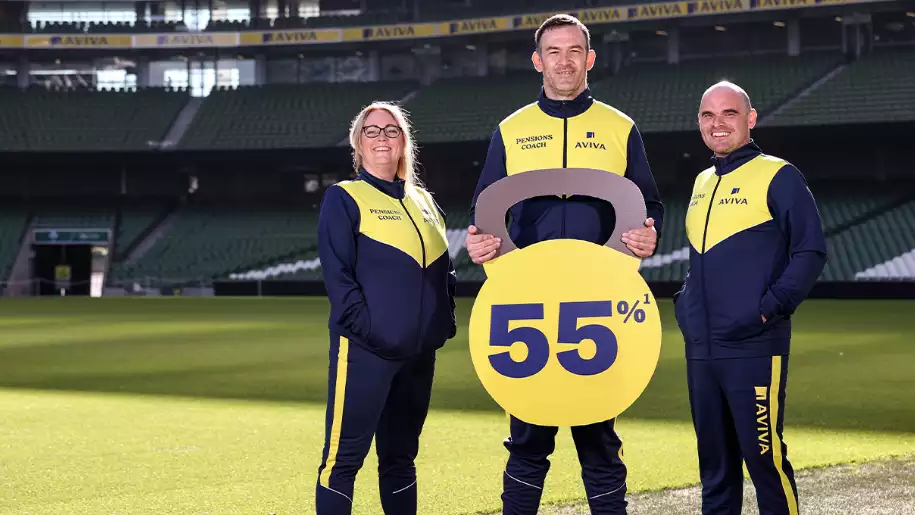Compulsory workplace pensions will leave even standard-rate taxpayers less-well-off than under existing pension arrangements, according to numbers presented by a senior industry figure.
The State contribution of €1 for every €3 invested by a worker under auto-enrolment has been described as more beneficial for those paying tax at the lower rate who may be less attracted to the current system of pension tax relief than higher earners.
It also uses the more easily explained “State top-up” approach used in the highly successful special savings incentive accounts (SSIAs) ahead of the financial crash, with advocates arguing that the current structure of pension tax relief is too difficult to explain easily to people.
However, numbers crunched by Irish Life make the case that people are getting a reduced benefit under the incoming system, which is currently passing through the Oireachtas and is scheduled to come into force next year.
It argues that, under auto-enrolment, for every €1 the worker pays, the employer will add a euro and the State 33.33 cent. This means the worker’s euro becomes an investment of €2.33 or 2.33 times their personal investment.
Under existing tax relief rules for occupational pension, a worker paying tax at 20 per cent and contributing €1 to their pension, effectively only pays 80 cent because the money is taken from their earnings before the 20 per cent income tax is applied.
With the employer’s matching contribution, €2 is invested in their pension at a personal cost to them of 80 cent, or 2.5 times their actual investment.
For those paying tax at the higher level, the pension fund investment is 3.33 times their net contribution under the existing arrangement compared to the 2.33 times under auto-enrolment.
But that ignores that, under auto-enrolment, a greater sum will actually be invested in the pension – €2.33 for every €1 put up by the worker – than under the existing pension relief arrangement where the sum invested will be €2.
“The simplistic narrative of a 33 per cent bonus versus 20 per cent tax relief should be challenged,” says Shane O’Farrell, director of corporate partnerships at Irish Life. “This is far from the full story.”
He also argues that the lack of tax relief means that auto-enrolment will have a greater impact on take-home pay than the current system of pension tax relief.
“Auto-enrolment has an exaggerated impact on take-home pay as there is no tax relief,” he said, giving the example of someone earning €30,000.
At a contribution rate of 6 per cent which auto-enrolment plans to reach in phases of the 10 years after it is introduced, the worker will be paying pension contributions of €1,800. However, that sum will come out of the worker’s net (after tax) earnings.
On the basis of today’s tax rates and income tax bands, this worker’s net earnings could be just over €26,000 after income tax, PRSI and universal social charge and allowing for personal tax credits. On that basis, the 6 per cent contribution is, in fact, almost 7 per cent of take-home pay.
Mr O’Farrell argues that, while possibly simpler to understand, auto-enrolment is not as good value to contributors as the defined-contribution occupational pension scheme model, such as those run by his company for many employers, with the lack of tax relief hitting people who are lower paid the most.
Source: Dominic Coyle, Irish Times, 13th of May 2024.
How we help
As a Financial Planning / Advisor Firm in Louth we can help you with your all of your Auto-Enrolment Queries. Arrange a meeting by clicking this link to my Calendly Diary, emailing info@smartfinance.ie or calling 087 8144 104.
Smart Finance Life Planning Ltd., Bawntaaffe, Monasterboice, Drogheda, Co. Louth. A92 E2V3.







